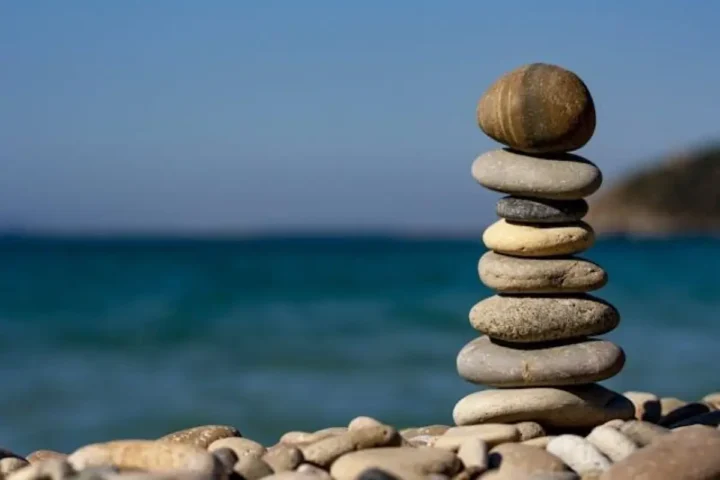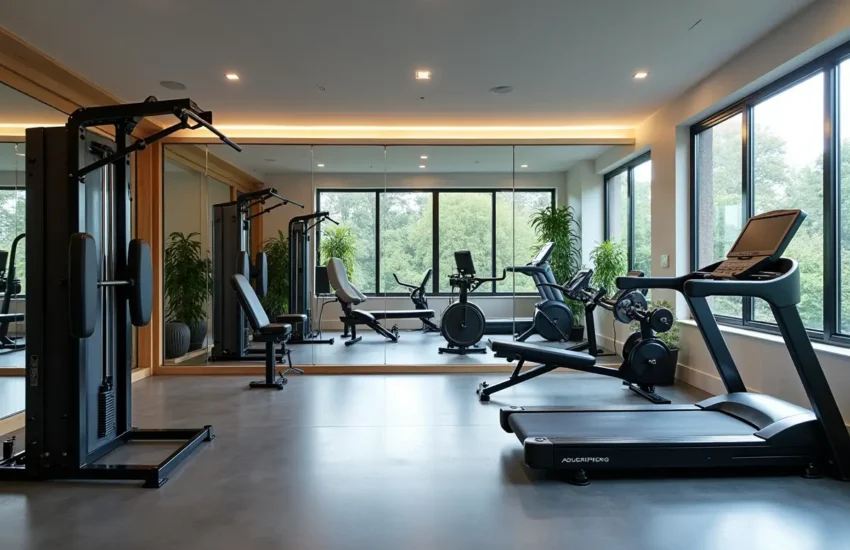Learning the Art of Stillness When Your Life Is Always in Motion
You’re always going. A plane to catch. A train to barely make. But staying healthy in a busy life is hard — most people can’t do it. Maybe you don’t even notice how fast things are spinning until your body throws a tantrum.
Or until silence starts to feel louder than the street noise. That’s when something inside you whispers that you might need something else. That maybe, just maybe, learning the art of stillness matters more than you thought.

When the World Feels Too Fast
Some days, everything is loud. Your inbox is overflowing, the news is a mess, and your plans keep shifting. That’s when stillness feels most impossible and most necessary.
Start by grounding yourself in simple things—brushing your teeth slowly, staring at the clouds, lighting a candle at night. These small rituals won’t fix everything, but they create space to breathe. It’s in these quiet moments that you begin finding balance in uncertainty and restoring your inner peace.
Why Being Still Feels So Unnatural
You’d think being still would be easy. Just sit down. Don’t move. But if you’ve been going nonstop, working freelance gigs across time zones, and planning your next city before you’ve unpacked in this one, stillness can feel like stopping mid-stride, like tripping.
We treat moments of rest like a luxury we haven’t earned. And when things finally go quiet, our brains fill in the noise. Old memories. Missed deadlines. A list of things we should be doing. We fear stillness because we don’t know how to sit with ourselves when nothing is distracting us.
The Signs You’re Moving Too Much
At first, you call it burnout. Later, you start forgetting small things. You wake up feeling like you haven’t slept. Coffee doesn’t help. The music feels like static. Even the things you usually love start to feel like too much.
That restlessness creeps into everything. You check your phone even when you don’t want to. You crave noise but hate it when it comes. You keep moving, even when all signs point to slow down. These are signals. Not weaknesses. They’re just telling you what your body can’t say out loud.
Finding Stillness Where You Can
You don’t need to book a yoga retreat or hike into the forest. You don’t even need to turn your whole day upside down. Stillness can start with one breath. One minute where you do nothing but listen. To the wind. To your own breath. The way your shoulders tense when your phone buzzes.
Learning the art of stillness doesn’t mean cutting yourself off from the world. It means slipping into quiet moments, even if the world is still roaring around you. Sit on a rooftop and watch the sky change. Close your eyes on a long bus ride. Let your thoughts roll through without trying to fix them.
Stillness on the Move
Stillness doesn’t ask you to stop traveling or changing cities. It asks you to pay attention. You can be still while walking through a crowded street. Or while leaning against a train station wall. Heck, you can still be waiting in a customs line.
The trick is to stop trying to escape the moment. Don’t scroll. Don’t plan. Don’t predict. Just be. Feel your shoes on the ground. Smell the air, even if it stinks of diesel and hot bread. Let the moment happen without interrupting it.
Rest Is a Skill
Most of us were never taught how to rest. We were taught how to be useful. So even our rest turns into another thing to optimize. That’s why five minutes of stillness can feel harder than hiking up a mountain.
Rest isn’t something that magically appears when you’re done with everything. You have to practice it. You have to fight for it, sometimes. Set boundaries around your time. Learn to sit without guilt. Rest is a muscle. The more you use it, the easier it gets.
Sitting With the Uncomfortable Parts
The hardest part is being alone with your thoughts. When you’re not busy with something, all the stuff you were avoiding catches up with you. We’re talking about stuff like old regrets and unanswered questions. You feel aimless all of a sudden, or like the structure of your life is slowly unraveling before your eyes. This is normal.
Stillness brings up discomfort. That’s part of the process. Let them show up. Don’t push them down. You don’t need to solve anything right away. Just notice. Breathe. The more you sit with it, the less power it has.
Real-Life Ways to Practice
You don’t have to meditate for hours in an empty room. Instead, you can:
- Put the phone down during meals.
- Go for a long walk without headphones.
- Take three full breaths before answering someone.
- Avoid defaulting to your phone and content while waiting in line.
You’re not trying to be mindful all the time. You’re just learning some much-needed patience with a few new habits. And if one of them sticks, that’s enough for now.
Learning Stillness Is Ongoing
You don’t arrive at stillness. You just practice. You forget. You start again. One day, it’s five minutes on a park bench. Another day, it’s turning off your phone for a full hour. Then it’s gone again. Then it’s back. That’s fine.
Learning the art of stillness takes time because it’s not a finish line. It’s something you build into your bones, one restful moment at a time. And even if you mess it up, the next breath is always waiting.
Quiet Isn’t Empty
The more you practice, the more you start to notice how full silence can be. Not boring. Not lonely. Just alive. You see more. You feel more. You start recognizing yourself under all the noise. The stillness becomes a place you can return to, even when the world is moving fast again.
You won’t always get it right. Some days will feel frantic, no matter what you do. But now you’ll know there’s another way. And when you’re ready, the quiet will be there, waiting for you.
Because learning the art of stillness isn’t about stopping your life. It’s about remembering you can be present in it.


